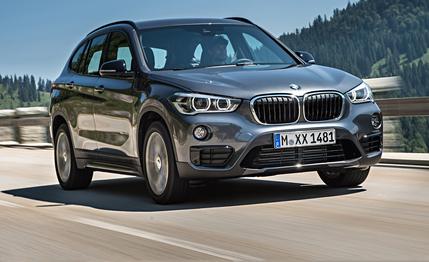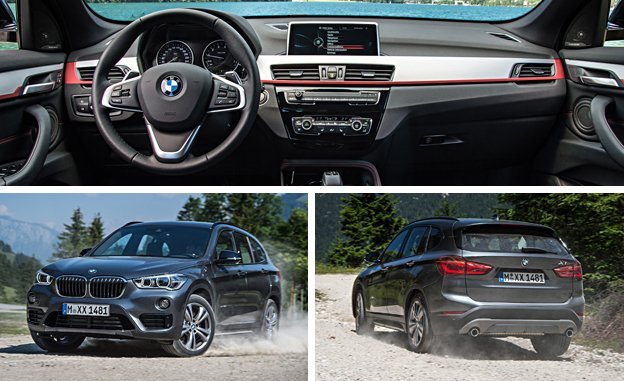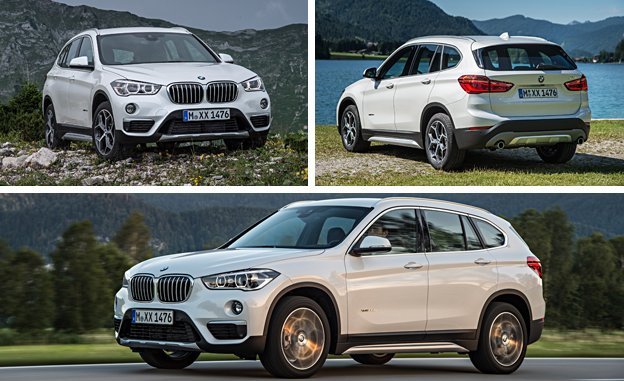
 First Drive Review
First Drive Review
BMW aficionados are living through tough times. Beyond downsized engines and the heavy focus on the "i" sub-brand, they have to get used to front-wheel-drive vehicle architectures. North America's first sample is the new X1. It replaces the outgoing, rear-drive-based model, which only just arrived three years ago. The new version—which comes standard with all-wheel drive, although the Euro-market FWD model could eventually reach our shores—shares its platform with the Mini and the 2-series Active Tourer and Gran Tourer. Those 2-series people-movers, by the way, won't come to the United States. BMW of North America has made it clear to headquarters that it has little interest in peddling them here.
The X1, however, is an important model for BMW in America. The new version not only moves to a front-wheel-drive architecture, it also loses its straight-six top-of-the-line engine option. Additionally, the new body has a higher roofline and a resultant higher center of gravity. None of this sounds particularly promising.


In all fairness, the new body allows for a significantly bigger cabin, thus addressing one of our gripes with the previous model. With the new X1, the rear passengers travel in comfort even when the front seats are pushed way back. For their part, the driver and front passenger sit higher than before. That's not what you’re looking for on a racetrack, but it is rather welcome in the everyday commute that this kind of car is typically used for.
In fact, the cabin is an utterly pleasant space to be in. The well-executed dashboard resembles those of larger BMW models, and the controls are within easy reach. We were surprised to find a conventional shifter for the automatic transmission, and it works more intuitively than the electronic shifter in BMW's rear-wheel-drive cars. The X1 also is quieter than before, there is less ride harshness, and the 2.0-liter turbo four hums along happily.
But does it perform? Actually, yes. Paired with an eight-speed automatic, the 228-hp engine whips the X1 to 60 mph in just over six seconds, BMW says, and the throttle responds with alacrity. Among turbo fours, we think BMW's new B48 engine is one of the smoothest around, and it works harmoniously with the new gearbox. As usual, you can select driving modes, although, tellingly, there is no "Sport+" on this BMW.


The chassis has no problem putting the power to the ground, and the stability-control system is far less intrusive than on the 2-series Active Tourer. The X1 copes well with the double whammy of the higher center of gravity and front-wheel-drive-based chassis. But it doesn't surpass the admittedly high level of handling in the Audi Q3 or the Volkswagen Tiguan, and on the whole, we wish the X1 were a bit more involving. We miss the willingness of its predecessor when you would toss it into and through corners.
On the other hand, the X1 performs surprisingly well off-road. It'll go up inclines you wouldn't dream about tackling with a car of this type, and it should have no trouble reaching a cabin at the end of a muddy trail or dealing with a tough winter.
It's certainly not a magical elixir for what ails BMW, but among its competitive set, the X1 is one of the more appealing choices. And for BMW aficionados with everyday needs for space and comfort, it may be an improvement over the outgoing model.